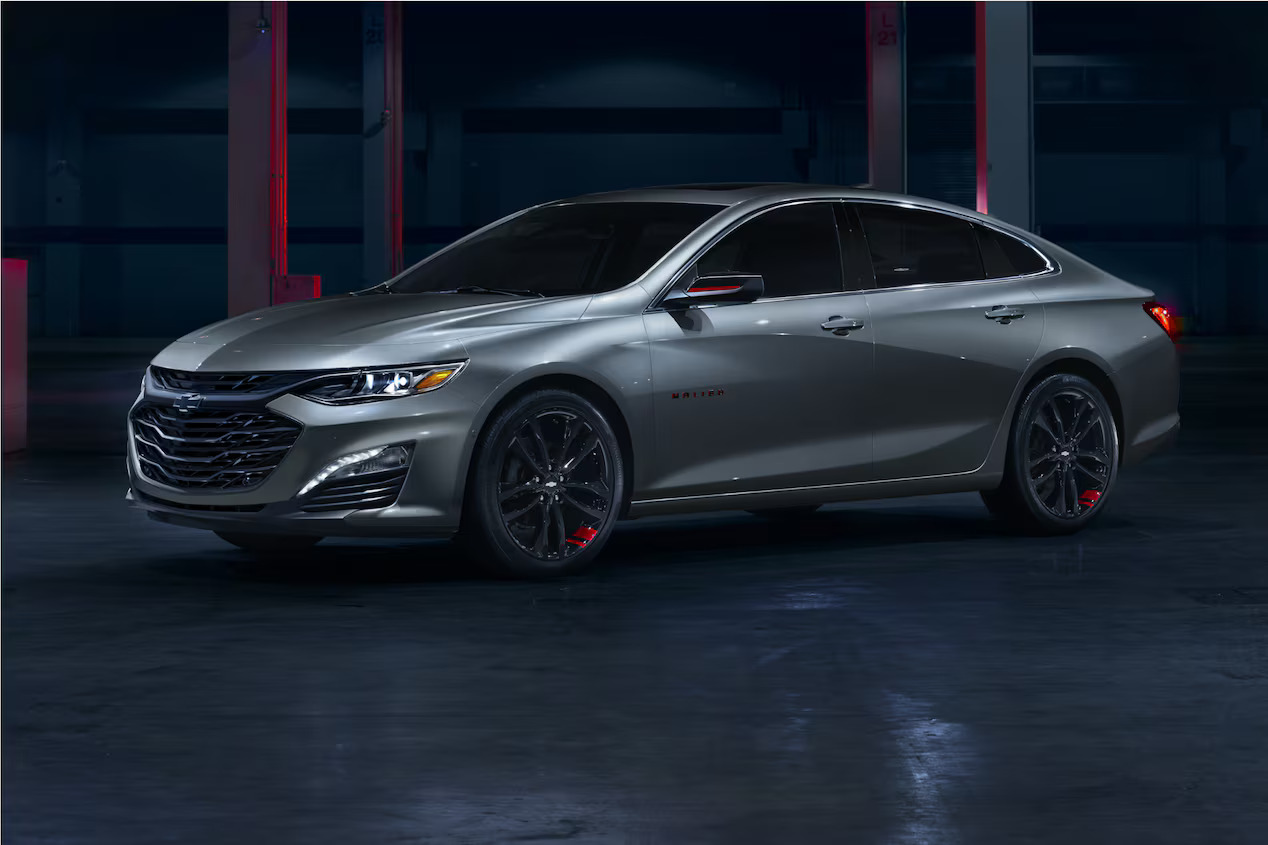Is it possible to buy a dependable car without breaking the bank? If you’re looking for a cost-effective vehicle capable of reaching 200,000 miles or more, your best bet is to go with a trustworthy model that’s built to last.
When properly maintained and cared for, any of the sedans on this list can provide both enjoyable driving and the long-term durability you’re after.
There are several important elements to keep in mind when purchasing any vehicle. These include pricing, fuel efficiency, safety features, and available equipment.
Budget Cars That Survive 200,000 Mile
While used cars can sometimes raise concerns about reliability, conducting a quick VIN check and selecting the right model can result in a rewarding driving experience that lasts for years. Would you like me to help you create a list of such reliable sedans?
2024 Chevrolet Malibu
Quality & Reliability Score: 78/100
The 2024 Chevrolet Malibu is the last remaining sedan in Chevrolet’s lineup, continuing into the latest model year without any significant changes.
While this model may be phased out soon, there are persistent rumors suggesting that a new version could be introduced in the coming years.
Under the hood, the most common powertrain features a 1.5-liter turbocharged 4-cylinder engine paired with a CVT, producing 160 horsepower and 184 lb-ft of torque.
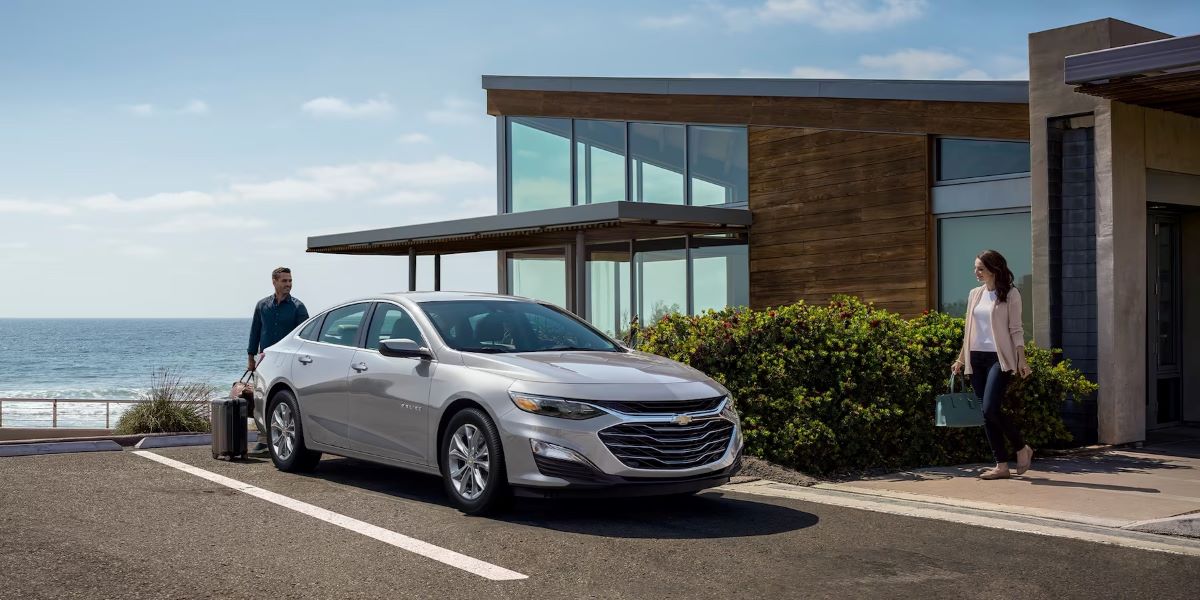
It comes with front-wheel drive and offers a fuel efficiency of 27 mpg in the city and 35 mpg on the highway.
Inside, the Malibu provides a spacious cabin with ample front headroom, making it easy for drivers and passengers to get comfortable. The touchscreen interface is intuitive and user-friendly, contributing to a smooth and pleasant driving experience.
In terms of reliability, the Malibu comes with an average yearly maintenance cost of $532 and an estimated maintenance total of $6,642 over the first 10 years. So far, it has only had one recall, adding to its overall appeal as a dependable budget-friendly sedan.
Today’s budget sedan market is dominated by Japanese and Korean brands, as American automakers shift their attention toward the booming SUV and crossover segments.
That said, Chevrolet continues to offer the Malibu as a contender in this fading space. The 2024 Malibu finds itself up against perennial favorites like the Toyota Camry and Honda Accord.
Despite its American heritage, it doesn’t bring the kind of muscle traditionally associated with Chevrolet. Instead, it comes equipped with a modest 160-horsepower turbocharged four-cylinder engine. By contrast, its rivals often offer more powerful engines and hybrid options.
Still, the Malibu holds its ground with a respectable array of standard tech features and a design that’s familiar and appealing to many buyers. It also boasts a spacious cabin. However, with compact sedans increasingly prioritizing value for money, it’s worth questioning whether these strengths are enough for the Malibu to remain competitive among segment leaders.
For 2024, the Chevy Malibu continues with minor changes. Updates are mostly optional and include a new exterior paint option, though two previous colors have been removed from the palette.
Three optional packages have also been eliminated. On the positive side, body-color power side mirrors are now standard starting with the 1LS trim, and the Driver Confidence package—which now features rear park assist—is also standard.
Additionally, a tire inflator kit has been made standard across all trims. The 2024 Chevrolet Malibu remains one of the more affordable sedans in its class. Starting at $25,100, the LS trim is priced competitively.
The RS version adds just $1,000 and includes extra features like a power-adjustable driver’s seat, which makes it arguably the best value in the lineup. The LT trim offers even more amenities at $28,100, while the top-tier 2LT crosses the $30,000 threshold with a price of $31,400.
These prices exclude the $1,095 destination fee and any available dealer discounts. All Malibu models share the same mechanical setup, so buyers must decide where they see the best value based on included features. For most, the RS trim’s combination of value and added convenience features makes it a smart pick.
Inside, the Malibu keeps things simple. The interior is minimalistic, with a small touchscreen, a few physical buttons, and some brightly colored retro-style lighting around the most commonly used controls. The dashboard design is a bit unconventional with its sloping lines, and the air vents lean more toward stylized than practical.
Unfortunately, the cabin’s material quality is not up to par, especially compared to Japanese rivals. Still, there’s plenty of space, and getting in and out of the vehicle is easy. That said, outward visibility could use improvement.
In terms of passenger space, the Malibu can seat five, but it’s a tight fit in the back seat for three adults or large teens due to limited shoulder room.
However, legroom is ample, allowing two adults to ride comfortably on long trips. The front seats also offer good space, but power adjustability isn’t available unless you upgrade trims, which might make finding an ideal driving position a bit more time-consuming.
Cargo capacity is not the Malibu’s strong suit, especially when compared to more versatile body styles like hatchbacks or SUVs.
Even against similarly shaped sedans, the Malibu’s 15.7 cubic feet of trunk space feels underwhelming. Still, it’s enough for regular errands or travel with a few suitcases, and the 60/40 split-folding rear seats do help when transporting longer items.
On the upside, small-item storage is impressive. The glovebox is large, the center armrest bin is long and wide, and there are four cupholders—two in front and two in the rear fold-down armrest. Each door also has a generous pocket capable of holding a water bottle.
2024 Toyota Corolla
Quality & Reliability Score: 78/100
When you’re looking for a vehicle that can confidently reach at least 200,000 miles, the 2024 Toyota Corolla stands out as a dependable option.
This compact sedan has earned a long-standing reputation for reliability, offering peace of mind every time you get behind the wheel. It’s a car designed to consistently deliver dependable performance for years to come.
The most popular powertrain for the 2024 Corolla includes a 2.0-liter 4-cylinder engine mated to a CVT, delivering 169 horsepower and 151 lb-ft of torque.
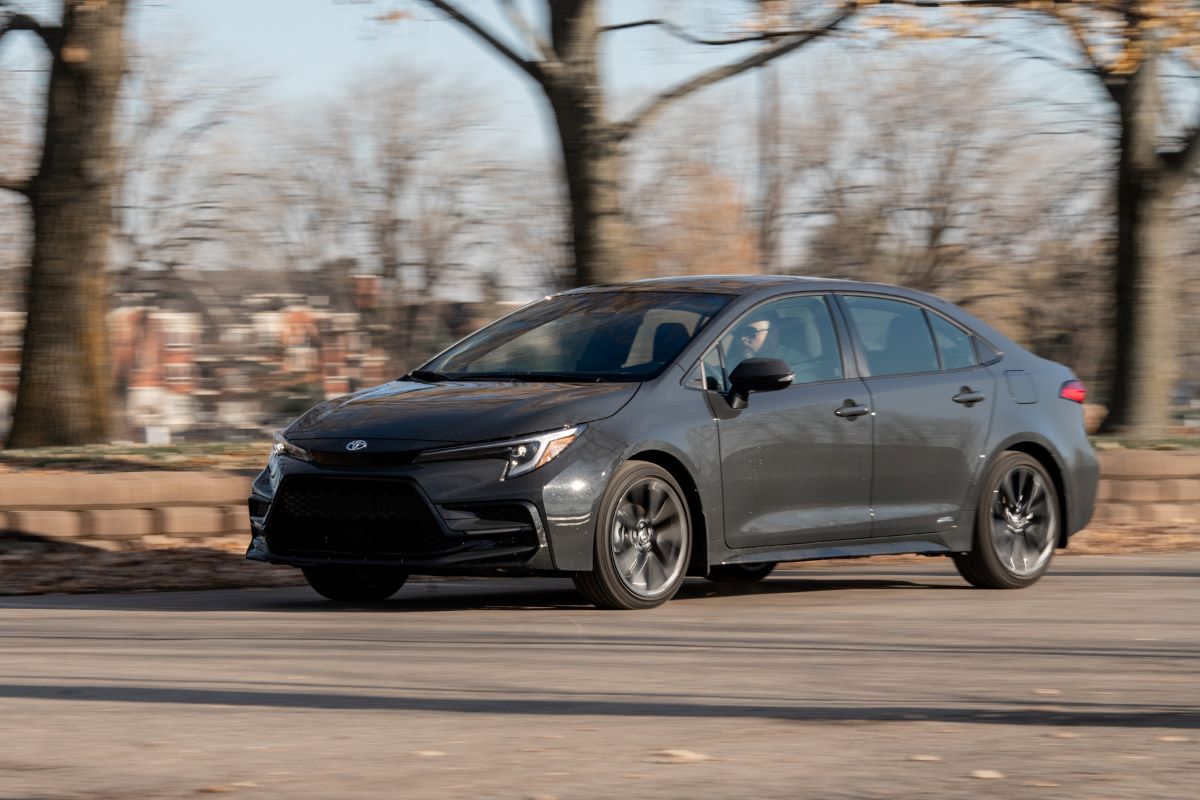
It comes with front-wheel drive and offers excellent fuel efficiency, rated at 32 mpg in the city and 41 mpg on the highway.
For 2024, Toyota reintroduces the Nightshade trim, which adds dark styling elements for a sleek, modern look. Inside, the Corolla features simple, intuitive controls and a ride that prioritizes comfort.
Its impressive fuel economy further enhances its appeal as a budget-conscious choice for daily driving.
In terms of reliability, the Corolla boasts low average yearly maintenance costs at $362, with estimated total maintenance expenses of $4,229 over the first ten years. It has had a total of three recalls, but overall, it remains one of the most trusted sedans in its class.
Toyota has recently been capitalizing on the strong brand recognition of the Corolla name, branching out with new variations like the Corolla Cross, a crossover-style SUV, and the limited-edition GR Corolla—each reviewed separately.
Despite these offshoots, the traditional Corolla sedan and hatchback remain the core of the lineup. Both are powered by a reliable but modest 169-horsepower inline-four engine paired with an automatic transmission.
While the driving experience might lack excitement, the Corolla’s straightforward and dependable nature continues to resonate with buyers. Sales figures confirm that this no-nonsense approach works, particularly for drivers who seek simple, reliable transportation with minimal fuss.
However, for those craving a more engaging experience behind the wheel, the Honda Civic or Mazda 3 offers sharper handling and a more spirited drive. The Corolla also includes an impressively efficient hybrid version—now even available with all-wheel drive—but this variant is limited to the sedan configuration.
For 2025, Toyota introduces the Corolla FX, a new appearance-focused trim for the sedan that leans heavily into the blacked-out aesthetic and adds a rear spoiler for good measure.
It draws inspiration from the 1980s Corolla FX16, though it doesn’t carry over the performance upgrades of its namesake. The FX gets slightly shorter springs to lower the stance and features re-tuned electric power steering aimed at delivering a sportier driving feel.
Visually, it includes 18-inch satin-black alloy wheels with machined accents, a black roof, blacked-out badges and mirror caps, and a rear spoiler. Another notable addition with the FX trim is the debut of a new 10.5-inch infotainment display, which will become an optional feature across the broader 2025 Corolla lineup.
2020 Chevrolet Impala
Quality & Reliability Score: 78/100
Although full-size mainstream sedans have mostly disappeared, the 2020 Chevrolet Impala remains a great option for anyone seeking an affordable large sedan with long-term durability.
This Chevy offers a smooth and quiet ride, complemented by a spacious rear seat and a generously sized trunk, making it a practical and comfortable choice for everyday driving or long trips.
The most popular powertrain for the 2020 Impala features a 3.6-liter V6 engine paired with a 6-speed automatic transmission.
This setup produces 305 horsepower and 264 lb-ft of torque, and it comes with front-wheel drive. Fuel efficiency is rated at 18 mpg in the city and 28 mpg on the highway.
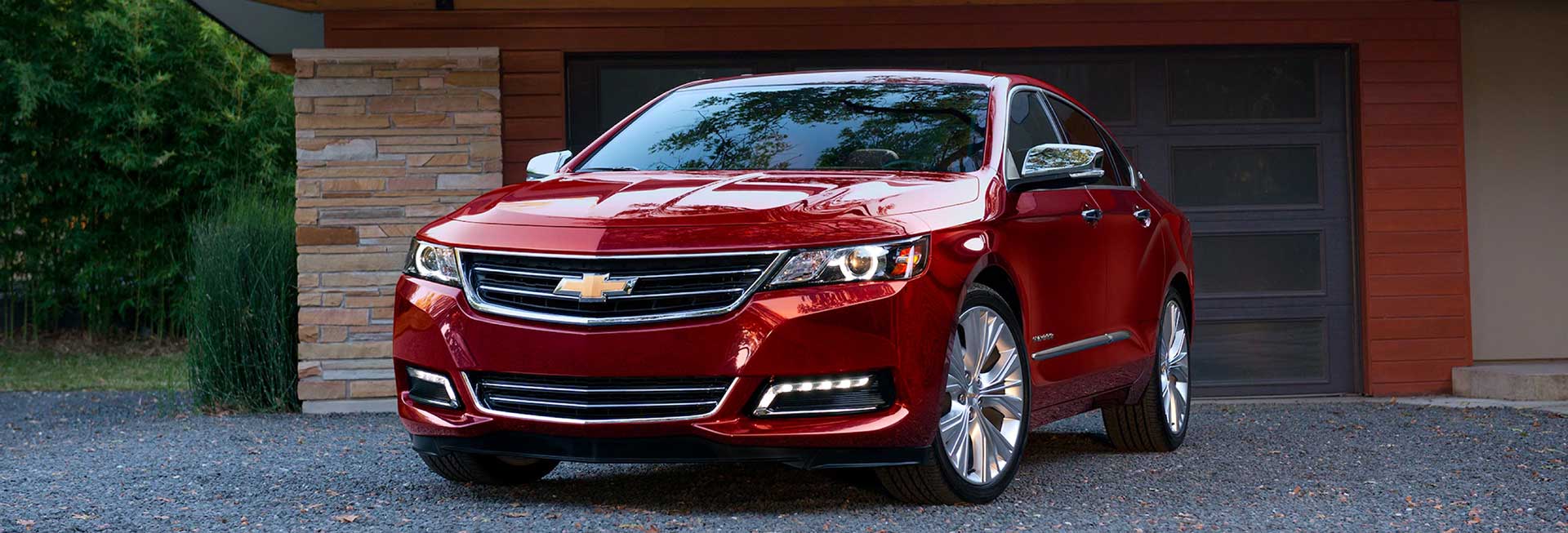
For those looking for the best performance in this large sedan, the LT trim is the one to go for, as it includes the V6 engine. Lower trims come equipped with a smaller engine that doesn’t quite match the size and character of the Impala.
Overall, this model nearly reaches premium-quality standards, offering a refined and enjoyable driving experience.
In terms of reliability, the Impala has average yearly maintenance costs of $568, with an estimated total of $6,692 over the first 10 years of ownership. Impressively, it has had zero recalls, further adding to its appeal as a trustworthy and long-lasting vehicle.
2024 Toyota Prius
Quality & Reliability Score: 79/100
If you’re looking for a car that’s capable of reaching 200,000 miles and has evolved into something more dynamic, the 2024 Toyota Prius is the ideal choice.
This latest version of the Prius brings a bolder, sportier, and more powerful character, making it a significantly improved hybrid compared to its earlier generations.
The most popular powertrain configuration for the 2024 Prius features a 2.0-liter 4-cylinder hybrid engine paired with a CVT.
This setup produces 194 horsepower, and while the torque figure isn’t specified, it comes with front-wheel drive and achieves an impressive fuel efficiency of 52 mpg in both city and highway driving.
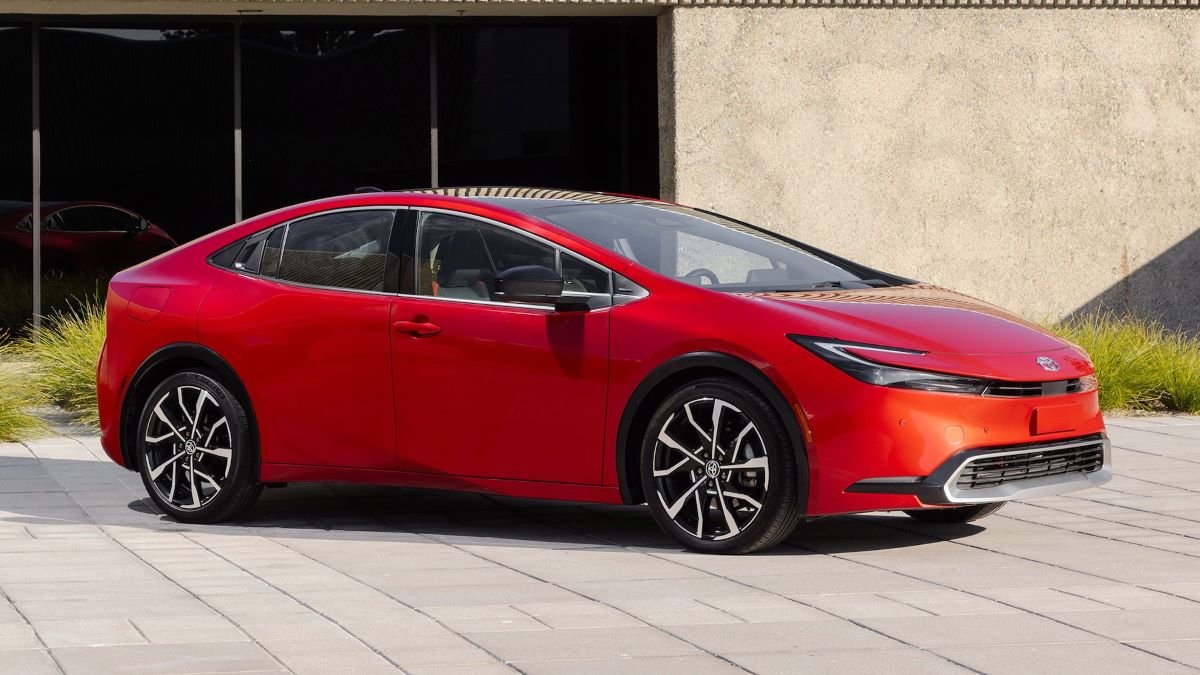
This isn’t the typical hybrid your parents might have driven the new Prius delivers enhanced performance while still maintaining excellent fuel economy.
Inside, you’ll find a user-friendly infotainment system, and the vehicle offers solid acceleration, especially useful when merging onto highways or overtaking other vehicles.
From a reliability standpoint, the Prius has average yearly maintenance costs of $408, with estimated total maintenance expenses of $4,157 over the first 10 years.
It has had two recalls, but overall, it stands out as a dependable and efficient hybrid with a renewed sense of style and performance.
2022 Toyota Avalon
Quality & Reliability Score: 80/100
The 2022 Toyota Avalon marked the final production year for this model, ending its run as one of the most dependable and enjoyable vehicles ever produced by the brand.
With proper care and regular maintenance, the Avalon has the potential to be one of the most budget-friendly cars capable of reaching 200,000 miles or more.
The most popular powertrain in the 2022 Avalon features a 3.5-liter V6 engine paired with an 8-speed automatic transmission. This combination delivers 301 horsepower and 267 lb-ft of torque, along with front-wheel drive.
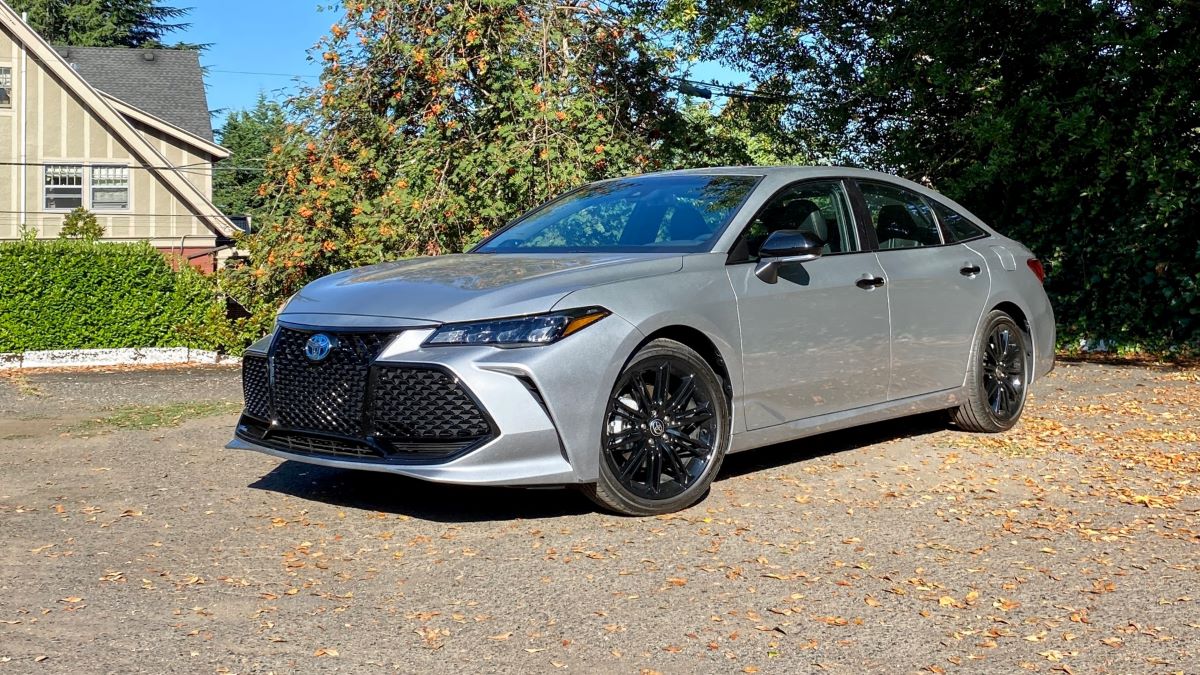
The fuel efficiency is rated at 22 mpg in the city and 31 mpg on the highway.This full-size Toyota sedan builds on what the Camry offers by expanding the space and comfort, transforming it into a near-luxury vehicle.
The Avalon pampers its passengers with a smooth and refined driving experience, delivering outstanding comfort and quality on any type of road.
From a reliability standpoint, the Avalon has average yearly maintenance costs of $463, with estimated maintenance expenses totaling $4,529 over the first 10 years of ownership.
It also has an impressive record with zero recalls, making it a top contender for those seeking long-term dependability and value.
Cars That Barely Make It to 100,000 Miles
As retirees move through their golden years, making thoughtful, budget-friendly choices becomes increasingly important especially when it comes to major expenses like buying a car.
It’s not just the sticker price that matters; long-term ownership costs must also be factored in. Things like fuel efficiency, reliability, and vehicle longevity all play a significant role in determining the actual cost of a car throughout its lifespan.
Although American-made vehicles have a long-standing legacy and offer a wide range of options, they generally don’t have the same reputation for affordability and dependability as imported brands such as Toyota and Honda.
That said, not every model is built the same, and some stand out more than others for better or worse.
Below are seven vehicles that experts identify as some of the worst options for retirees who are trying to stay within a budget.
To address the most obvious point up front: if you’re watching your finances, a luxury car is typically a poor investment.
While the high purchase price might seem manageable if you’ve saved enough over the years, there are more costs involved than just the initial amount. Luxury vehicles often come with expensive upkeep that can catch many buyers off guard.
Joe Giranda, director of sales and marketing at the high-end car shipping company CFR Classic, pointed to the Cadillac Escalade as an example.
“The Escalade, while embodying luxury and comfort … is associated with considerable maintenance costs,” he said. “This high-end SUV is known for its spacious interior, advanced technology features and powerful performance.
However, these attributes contribute to its elevated initial purchase price. Beyond the purchase price, the Escalade’s upkeep, including parts and services, tends to be costly.
“In addition, its fuel efficiency is lower compared to more economical vehicles, meaning ongoing costs at the gas pump can quickly add up.”
Chrysler 300
Full-size sedans have long been a staple of American-made cars, although this segment has diminished in size over the years.
Larger sedans have traditionally been favored by older individuals due to their spacious interiors and smooth, comfortable rides. The Chrysler 300 is one such sedan; it is relatively affordable for its size, with the 2023 model starting at just over $37,000.
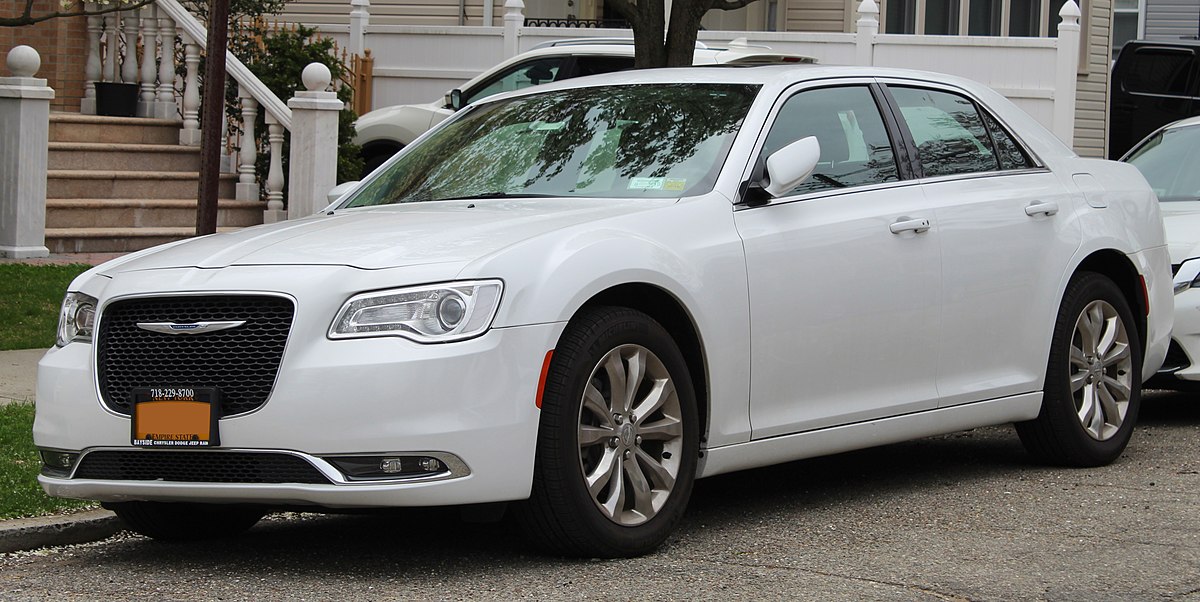
However, one major drawback that makes the Chrysler 300 less suitable for retirees on a budget is its poor fuel economy, according to Tariro Goronga, CEO of DriveSafe Driving Schools.
The base model, equipped with a V-6 engine, delivers a disappointing 19 miles per gallon in the city worse than some sports cars. This means that keeping the 300 fueled up will quickly become an expensive ongoing expense.
The 2023 Chrysler 300 bids farewell to the automotive market after a long-standing presence, and it does so with a notable final flourish.
This full-size sedan retains its signature blend of confidence and comfort while introducing more powerful V8 options for its final run. Despite its departure, the 300 remains a compelling choice for those seeking a muscular, highway-ready vehicle.
Among its key strengths are the availability of strong V8 engines, generous interior space for five passengers, and a user-friendly infotainment system. However, some drawbacks include its dated interior design and the limited availability of standard safety features.
The Chrysler 300 offers both rear-wheel and all-wheel drive configurations and delivers between 292 and 485 horsepower, depending on the trim. Fuel economy varies from 15-19 mpg in the city to 24-30 mpg on the highway.
In the rankings, the Chrysler 300 follows the Dodge Charger and Nissan Maxima. The Charger offers a broad range of trims and performance, topping out with Hellcat-powered models, while the Maxima focuses more on front-wheel-drive luxury and refinement with a V6 and continuously variable transmission (CVT).
Pricing for the 2023 Chrysler 300 ranges from $36,145 to $55,000 MSRP, making it competitive in its class. Current local listings in the Seattle area show used models like the 300S and Touring L priced between $26,491 and $27,999.
For those considering a used full-size sedan, the 2023 Chrysler 300 remains a worthy option. The final model year delivers a comfortable and refined driving experience, with the 6.4-liter Hemi V8 in the 300C standing out as a strong, if not extreme, performance offering.
While not equipped with a Hellcat engine, the 300 still captures the essence of American muscle in a more composed package.
Compared to rivals, the 300’s projected ownership costs are lower than those of the Nissan Maxima and Dodge Charger, enhancing its appeal for budget-conscious buyers seeking a large, comfortable, and powerful sedan.
Chevrolet Suburban
The Chevrolet Suburban has a long and storied history it first debuted in 1935 as the Suburban Carryall and has remained in production ever since.
This makes it the model with the longest continuous use of a name in the entire automotive industry. Today, the Suburban is widely regarded as the quintessential SUV, offering an abundance of interior space for both passengers and cargo.
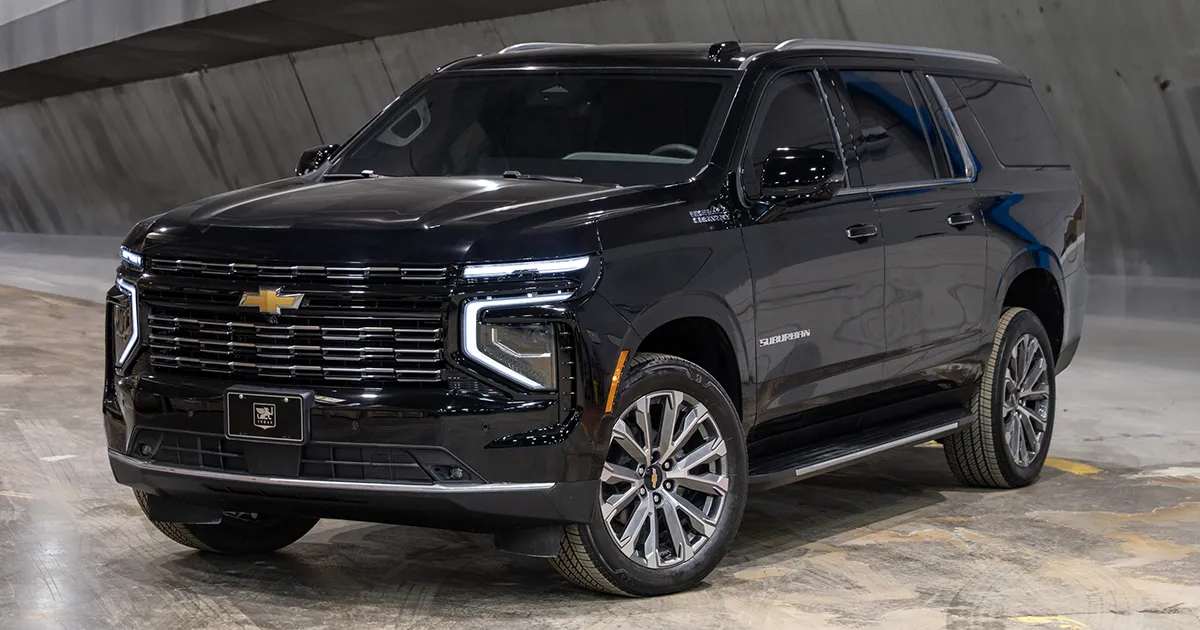
Erin Kemp, a consumer advocate at Bumper, a company that provides vehicle history reports, explained, “The Chevrolet Suburban is an American car that may not be the best fit for retirees because it tends to be costly to maintain, even though it has lots of space inside and interesting features.”
The average annual maintenance cost for the Suburban is nearly $1,000, which can add up quickly for someone on a fixed income.
Additionally, the Suburban’s poor fuel economy with a combined rating of just 16 mpg further contributes to its high ownership costs, making it less ideal for retirees looking to minimize expenses.
Chevrolet’s massive Suburban SUV has been a staple of American roads since 1935, transporting people and gear across the country with ease. While it still sports the familiar oversized station wagon silhouette and a truck-based chassis, the 2025 version is a far cry from the original Carryall models that introduced the Suburban name.
The latest model is outfitted with modern technology, upscale amenities, and a polished driving experience that makes it feel more like a luxury cruiser than a utilitarian hauler.
With seating for up to nine across three rows, an internet-connected infotainment system, impressive towing capability, and a cabin packed with comfort features, the Suburban is built to meet the demands of modern families and road-trippers alike.
Though it shares its underpinnings with the slightly shorter Tahoe, the Suburban’s extended wheelbase results in greater interior room for passengers and cargo. Buyers can choose between two gasoline-powered V-8 engines or a diesel inline-six, all paired with a smooth-shifting 10-speed automatic transmission.
The Suburban’s legacy may span the longest in its class, but it faces stiff competition from rivals like the Ford Expedition Max and the Jeep Wagoneer L. While those alternatives can tow heavier loads, they don’t quite match the Suburban’s road manners, which strike a rare balance of size, strength, and refinement.
Ford Mustang
The Ford Mustang is an iconic American muscle car that has been rolling off production lines for nearly 60 years. While the Mustang isn’t known for its practicality, it remains surprisingly affordable, with the 2024 model year starting at around $32,000.
Having a fun, sporty car in retirement isn’t inherently a bad idea, but there are some practical considerations that may make the Mustang less appealing for retirees. Rob Dillan, founder of the car blog EVHype, weighed in on this.

“The Mustang’s appeal is undeniable,” Dillan said, “but its higher insurance rates due to its performance nature might not be ideal for retirees. Fuel economy for the V8 models hovers around 15 mpg city, adding to the long-term costs.”
The 2024 model year saw the debut of the all-new seventh-generation Ford Mustang, setting the stage for a special release in 2025: the anniversary edition. Available exclusively for GT coupes and convertibles, this commemorative model brings a host of visual upgrades, including 20-inch wheels with red aluminum center caps.
Riding alongside this special edition is a nostalgic digital gauge cluster designed to replicate the look of the 1967 Mustang’s instrument panel. This retro-themed cluster is available to all 2024 and newer Mustangs through an over-the-air update, adding a vintage touch to a thoroughly modern machine.
Pricing for the 2025 Ford Mustang begins at $33,515 and can climb to $69,870 depending on trim and options. The base EcoBoost trim starts at $33,515, followed by the EcoBoost Premium at $39,140. The EcoBoost Convertible comes in at $41,615, while its Premium version is priced at $44,540.
The GT kicks off at $48,155, with the GT Premium priced at $52,675 and the GT Premium Convertible at \$57,075. For those seeking top-tier performance, the Mustang Dark Horse starts at $65,975, while the Dark Horse Premium Coupe tops the lineup at $69,870.
While the turbocharged four-cylinder EcoBoost engine offers respectable performance, there’s still something uniquely compelling about a naturally aspirated V-8.
With that in mind, the GT coupe with the six-speed manual transmission is the enthusiast’s pick, even at roughly $10,000 more than the base four-cylinder. As the saying goes, buy experiences—not things—and the Mustang GT delivers both.
For around $5,000 more, buyers can add the GT Performance package, which brings 19-inch wheels, large Brembo brakes, a 3.73-geared Torsen limited-slip differential, and various visual upgrades.
Under the hood, the base Mustang features a turbocharged 2.3-liter EcoBoost four-cylinder engine, producing 315 horsepower and 350 pound-feet of torque, paired exclusively with a 10-speed automatic transmission.
This output is slightly lower than the previous generation’s 330-horsepower EcoBoost Performance variant but still offers solid performance. However, it’s the 5.0-liter V-8 that defines the Mustang’s character, delivering 480 horsepower and 415 pound-feet of torque.
This engine can be mated to either a 10-speed automatic or a six-speed manual transmission. Opting for the available performance exhaust system boosts output to 486 horsepower and 418 pound-feet of torque.
For drivers looking for a more track-ready setup, the Mustang Dark Horse takes the GT’s formula further. It features a 500-horsepower version of the 5.0-liter V-8 and draws inspiration from the previous generation’s Mach 1.
The Dark Horse includes adaptive dampers and rides on 19-inch Pirelli P Zero PZ4 tires, with even stickier Pirelli Trofeo RS tires available via an optional handling package.
Ford has continuously refined the Mustang’s dynamics with each generation, and the latest iteration showcases improvements across all fronts—from enhanced steering feedback to a better balance between ride comfort and sharp handling.
The Dark Horse’s adaptive suspension, in particular, helps mitigate the harshness that often accompanies ultra-performance-focused vehicles running aggressive track tires.
Chevrolet Aveo
You won’t find a new Chevrolet Aveo on the market anymore, as its last model year in the U.S. was back in 2011. Though the Aveo was marketed as an affordable subcompact, its low price came at the cost of overall quality.
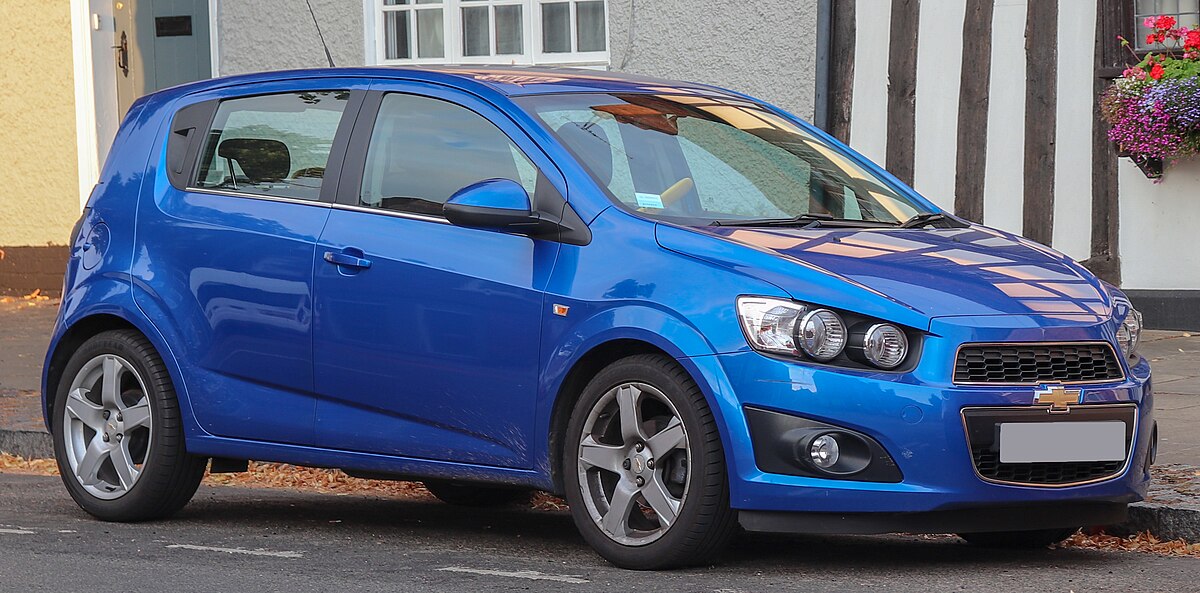
“Despite its affordability, the Aveo suffers from numerous quality control issues, including engine troubles, suspension problems and interior wear and tear,” said Heim Levi, managing director of the car enthusiast site AutoAlmanac.
“Its lackluster safety ratings further compound concerns for retirees prioritizing their well-being on the road.”
Chevrolet’s compact sedan marked the brand’s final attempt to establish a stronghold in the European market. Serving as a send-off to the old Daewoo platform, the 2011 Aveo arrived with a fresh design and a more determined approach, signaling that Chevrolet was ready to compete seriously.
The sedan variant was particularly well-suited for Eastern Europe, where traditional three-box vehicles have long been favored.
With budget-friendly vehicles gaining popularity and economies beginning to recover from the global financial crisis, the four-door Aveo found its place. It offered practical features, enough space to accommodate five adults comfortably, and a separate trunk for added utility.
Unlike its predecessor, the 2011 Aveo was completely redesigned, sporting more aggressive styling cues. Higher trim levels even included light-alloy wheels, enhancing its appeal.
Under the hood, the engine lineup started with a small and fuel-efficient 1.2-liter gasoline engine, available with outputs of either 75 or 86 horsepower. The top-end gasoline engine was a 1.6-liter unit producing 115 horsepower, a respectable figure for a lightweight compact car.
Additionally, a 1.3-liter turbo-diesel engine was offered in two different power configurations, catering to fuel-conscious buyers.
Inside, the materials reflected the car’s position in the entry-level segment, aligning with its price point. Standard features included air conditioning, central locking, and a basic stereo system.
One of the standout qualities of the Aveo was its massive trunk, boasting a capacity of 502 liters (17.7 cubic feet). The options list was fairly generous for the class, and buyers could also choose an automatic transmission.
However, the Aveo ultimately struggled in the marketplace. Its starting price was too high to attract budget-conscious shoppers, and once options were added, the cost surpassed that of many of its competitors. Despite its improvements and features, the Aveo couldn’t secure its footing and was eventually phased out.
Dodge Caliber
The Dodge Caliber, another budget-friendly compact car, also saw its final year of production.
While the Caliber’s design was ahead of its time resembling the small crossover SUVs that have gained immense popularity today it faced significant issues related to reliability and longevity.
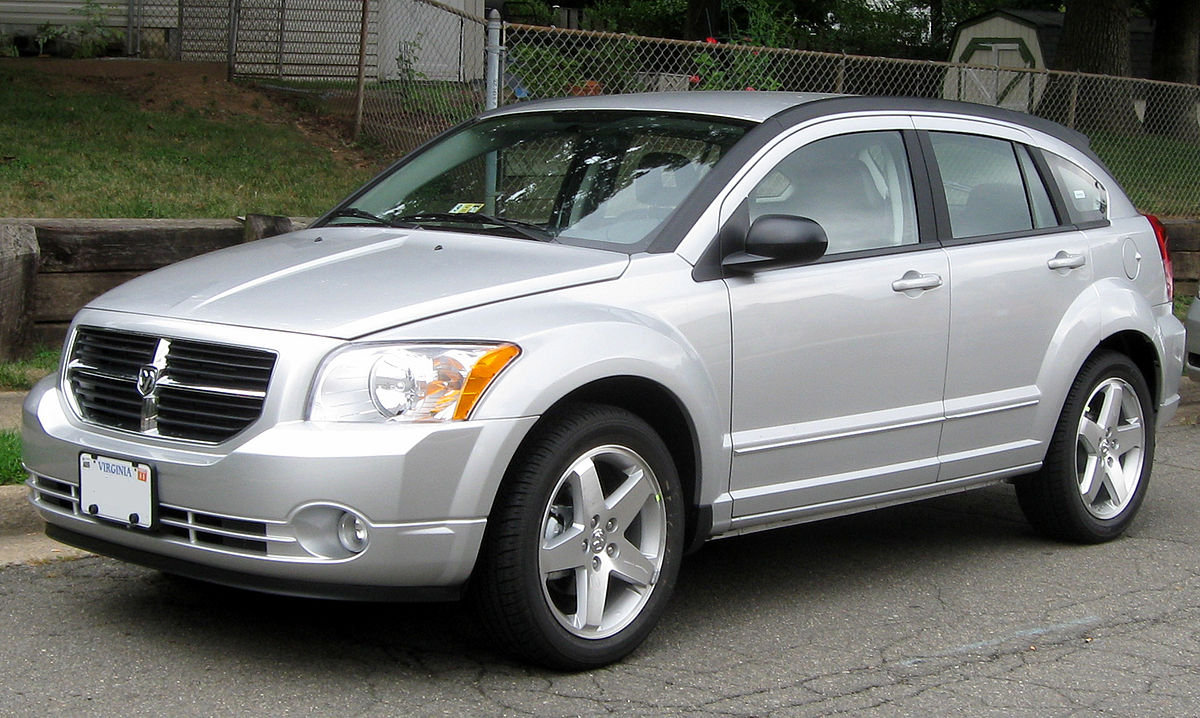
Although some car bloggers now humorously refer to the Caliber as “so bad it’s good,” it’s likely not the ideal choice for retirees.
“Criticized for its cheap interior materials and lack of refinement, the Caliber’s reputation for reliability is dismal,” said Heim Levi, managing director of AutoAlmanac.
“Owners often report problems with the continuously variable transmission (CVT), engine overheating, and electrical malfunctions.”

